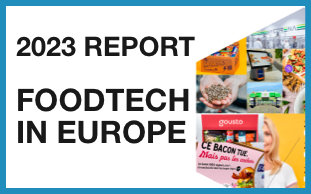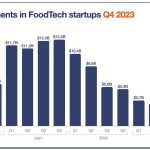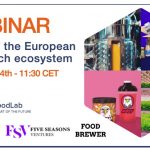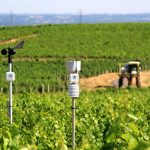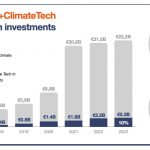We recently co-organised an event on food upcycling in Paris. It was great meeting so many of you in person and also discussing all the ways in which we could reduce food waste. Today, I’d like to share some of the elements of our presentation on upcycling. Indeed, I think this topic deserves to be better known as it is often misunderstood.
First, what do we mean by upcycling?
The US-based Upcycled Food Association defines upcycled foods as products that: “use ingredients that otherwise *would not have gone to human consumption*, are procured and produced using *verifiable supply chains*, and *have a positive impact on the environment*.”
While I agree with this definition, I think upcycling is better defined by considering its place in the larger anti-food waste ecosystem and carving out what is “not upcycling”.
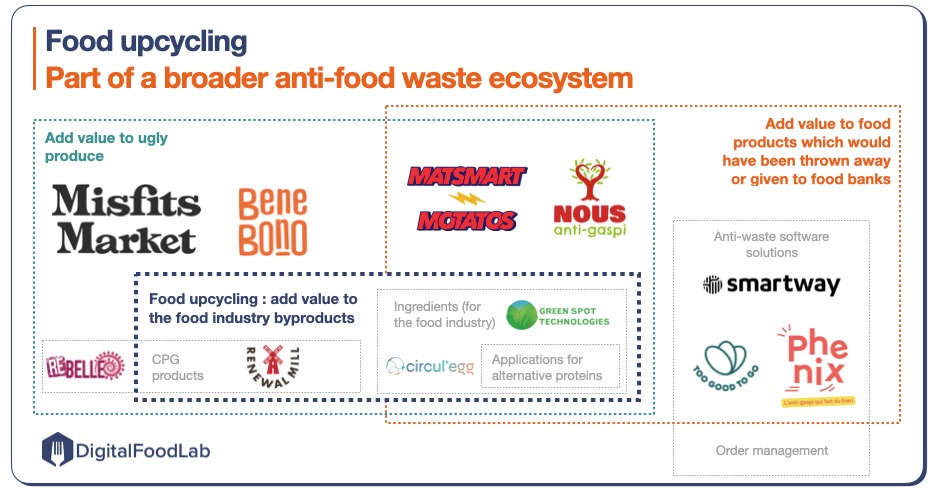
As you can see in the mapping above, for us at DigitalFoodLab, food waste is an ecosystem made up of two big categories:
- companies adding value to ugly produce by selling them directly to consumers, such as Misfit Market, transforming them into CPG products…
- startups adding value to CPG products which would have been given or thrown away due to little defects on the packaging or because they are close to their use-by-date. This can be done through software solutions (things like TooGoodToGo) or online stores such as Motatos’.
In the middle of both spaces is a sub-segment, what we define as food upcycling companies, which add value to the food industry by-products. It can be further split into companies creating CPG products (such as Renewal Mill’s cake mixes) and those extracting valuable ingredients from these byproducts.
There is a great variety of byproducts which can be upcycled. Below are some of the most common examples. Some are already quite well-known (such as Aquafaba, which is used as an egg replacement in vegan recipes). Others have no direct application as food products but can be processed to extract valuable ingredients.

This is notably the case of eggshells (the French startup Circul’egg recently raised €5M for that). Also, in Denmark, Kaffe Bueno (identified in our Top 10 of the country’s startups) has an agreement with Givaudan to develop a coffee extract used in cosmetics out of spent coffee grains.
Now, if byproducts are only waiting to be grabbed and transformed, why aren’t they massively used and why upcycling isn’t ubiquitous?
First, from the consumer perspective, food upcycling is far from obvious. If you look at what consumers are searching for online, you can see that upcycling is an old topic, but it is linked to clothing and furniture rather than food.
To promote the products, the Upcycled Foods Association in the US created a label with a certification (notably to certify that a minimal amount of the product is made of upcycled foods and avoid greenwashing).

Beyond that, it seems that the idea of using what is considered as waste as an ingredient doesn’t appeal much to consumers. They could be inclined to buy such products if they were less expensive.
Then, there are regulatory and industrialisation challenges. As it is not yet clear to the consumer what upcycling is, it is not yet well regulated. Quality standards must be developed and promoted across the food value chain. The growing momentum around food waste could help. For example, last week, three US agencies released a combined strategy to cut food waste by 50% by 2030.
Upcycled ingredients can often be highly relevant without being mentioned to the consumer. At scale, they can lower the cost of the final product while adding an environmental benefit (which should be shown in the environmental scores that are about to be rolled out in Europe, for example).
As you can see, there is yet a long road before upcycled food and ingredients become mainstream. However, the economic and environmental potential is huge.

